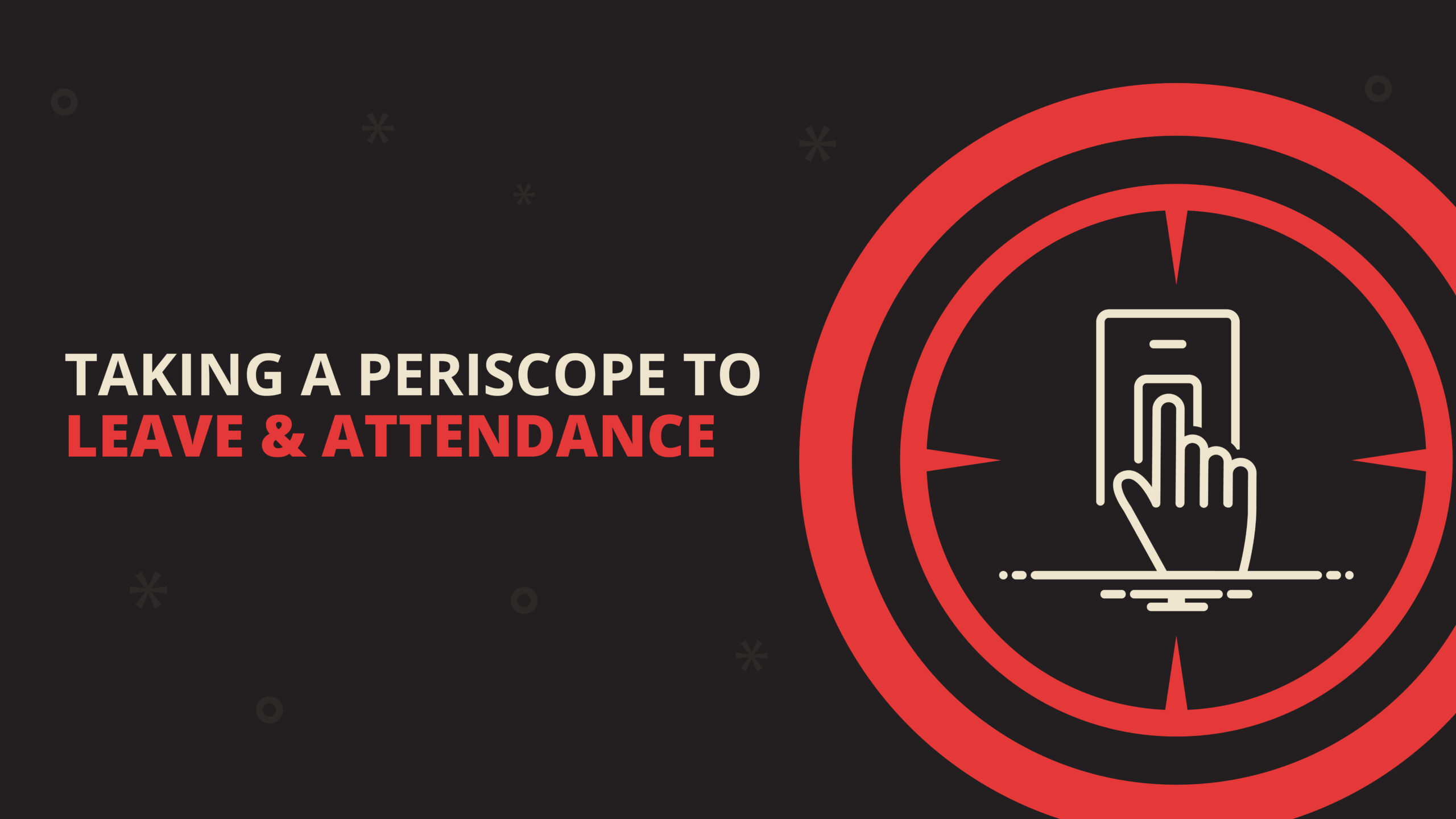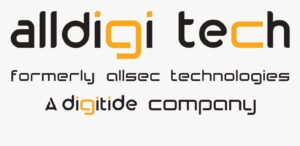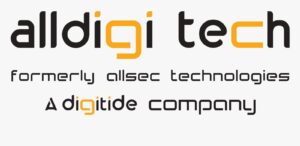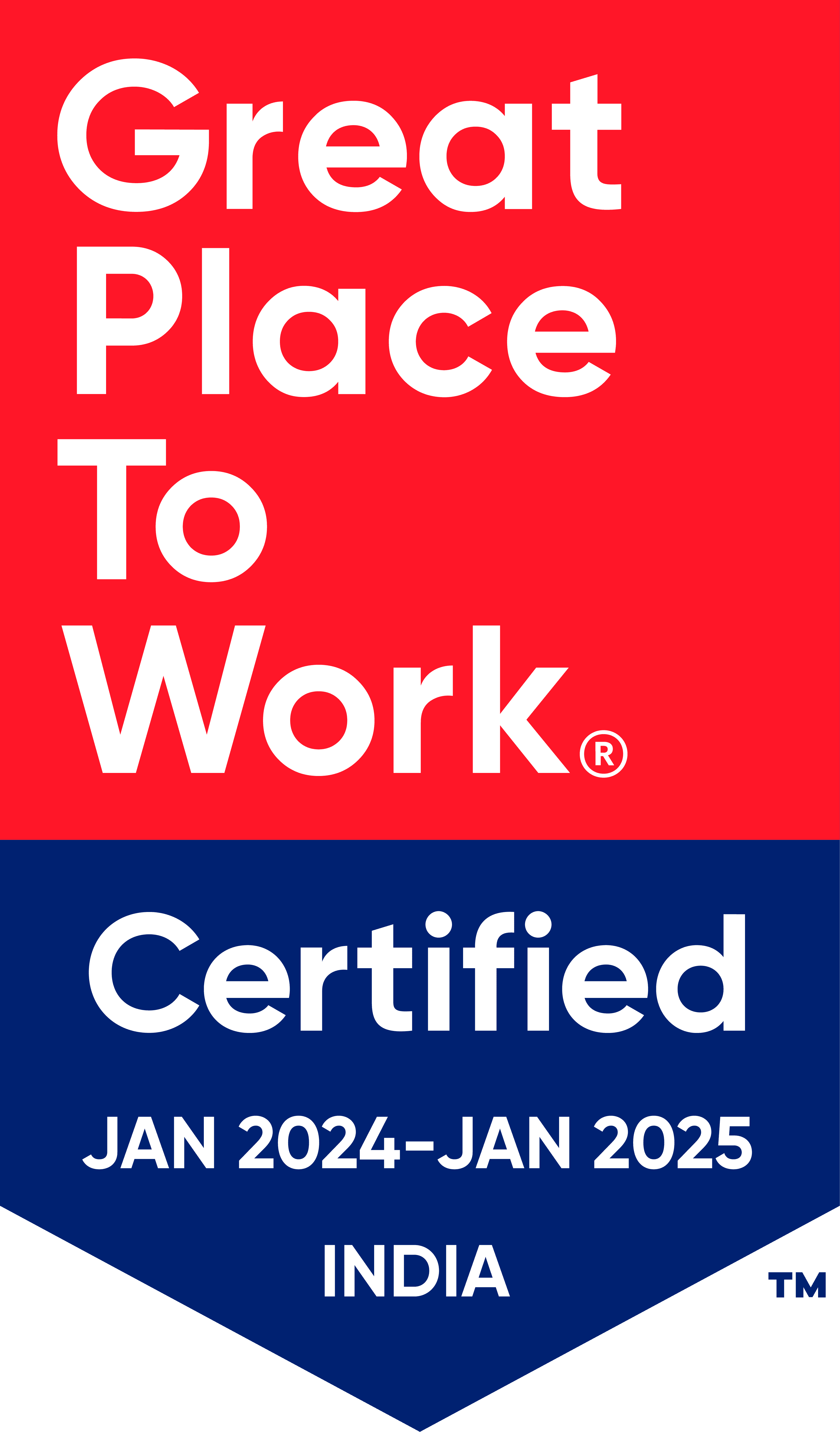
Zooming into the Essentials of Leave Management
Imagine this: a company has a new manager for a team, comprised of five employees, dealing with an important client. In the last leg of the assignment, one team member is due to go on paternity leave. Simultaneously, another member puts in their request for their yearly mandatory vacation. The manager, unaware of the first scenario, grants the second member’s request. As a result, the other three employees will have to work overtime to compensate for the absence; the assignment could suffer because of poor leave management.
A robust attendance and leave management system could have avoided this glitch. An automated system would have alerted the manager about overlapping leave requests and helped with prioritizing their sanctions.
In the quest for a dynamic workplace, having a reliable system that tracks attendance, leave, and employee working hours is essential for eliminating inaccuracies, process bottlenecks and even to ensure better financial management.
Beyond the Basics
At the rudimentary level, an attendance and leave management system should:
- Track employee working hours, leaves, holidays and mid-month joining/ leaving
- Enable benefits management like leave encashment and annual leave rollovers
- Ensure adequate staffing at all times
- Enable compliance with company policies and government laws
- Deal with employee satisfaction levels
However, companies that desire a strong attendance management system need to find an integrated software that goes beyond simple leave tracking and updating. A seamless system should also tie in employee working hours into compensation. Allowing other departments like payroll, accounting and finance access to employee attendance sheets will enable customizing compensation and benefits. This will boost employee morale and in turn, improve productivity.
Contemporary workplaces also need to prepare for varying compensation methods and different employee types who need to be tracked differently. For instance, a construction company employing contract labourers will have to account for their hours differently. A feature that allows categorizing employees based on their status will assist HR to calculate hours accurately, manage shifts, compute pay depending on existing laws and policies, and consequently reduce billing errors.
Catering to the Millennial Workforce
A changing workforce has also made it essential to adapt to the needs of different employees. For instance, millennials now comprise as much as 75 percent of the global workforce. A majority of them prioritize flexibility and convenience over mere compensation.
A well-equipped attendance management system needs to be equipped to manage these dynamic needs such as employees working from home or other remote locations. A cloud system will allow for such accounting and enable productivity tracking based on their output rather than simple hour tracking.
Bottom line
Be it a standalone attendance software or an integrated HR system, streamlining attendance and leave management has numerous benefits. Meaningful reports based on employee working data can help draw up trends that will help build an efficient system where employees get the downtime they deserve while the company enjoys uninterrupted workflow.
The key is to find the balance between enforcing employee discipline while increasing benefits and compensation, which will boost both employee and company productivity.



